Search
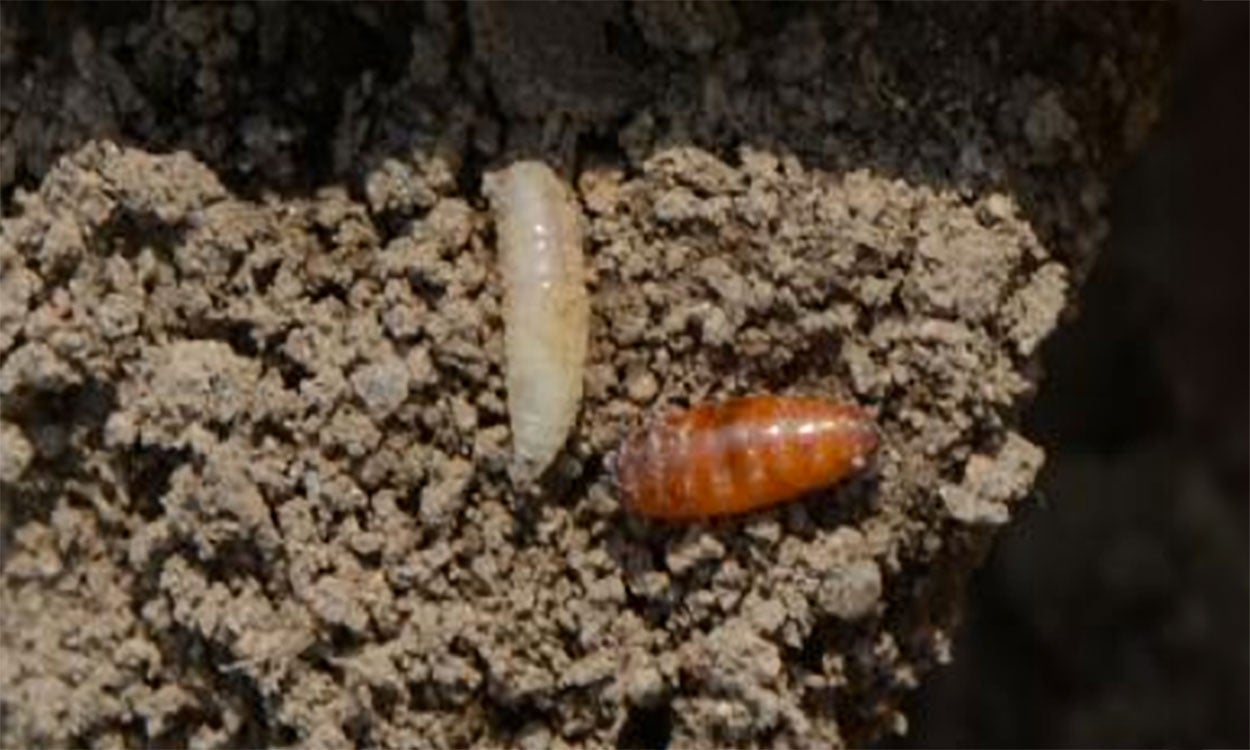
Monitor for Seedcorn Maggots in Wet Planted Fields
Current spring conditions, including wet soil and cool temperatures, could result in seedcorn maggot issues in South Dakota.

Critical Period of Weed Control: A good, but not perfect guideline
The critical period of weed control is the period during a crop lifecycle when weeds need to be managed to avoid a significant yield loss.
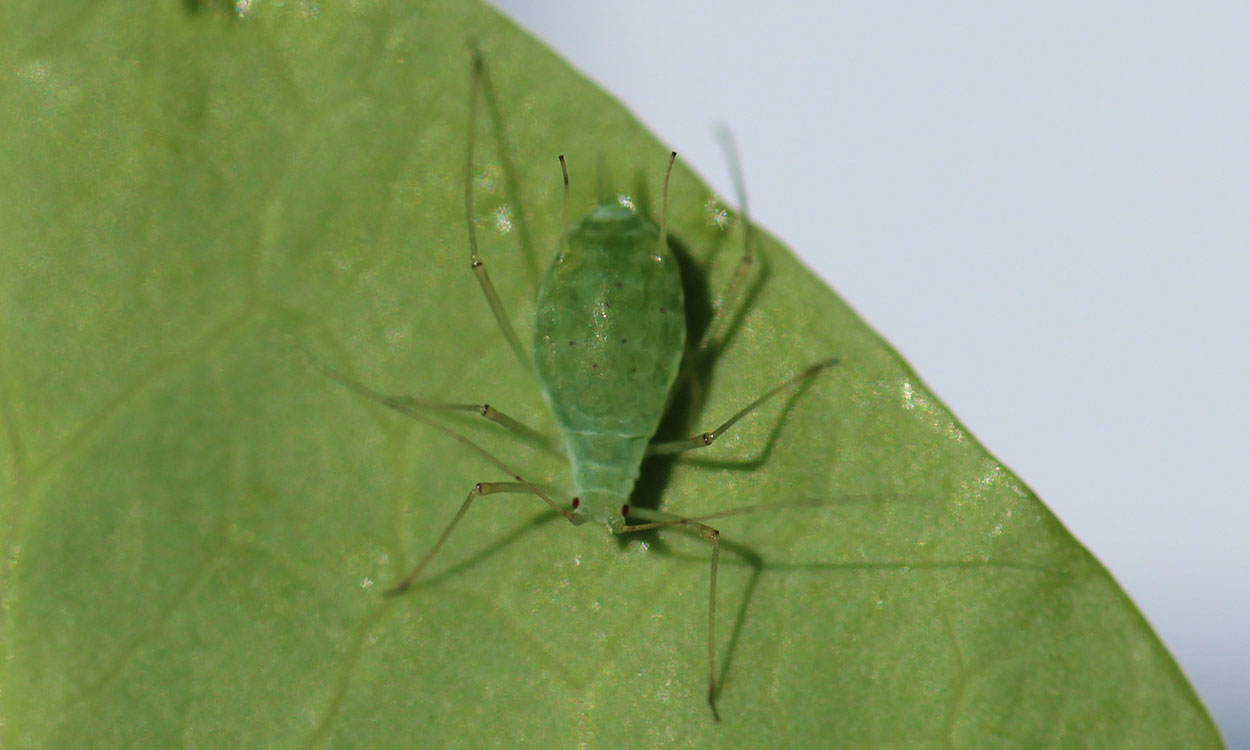
Monitor Alfalfa for Pea Aphid Activity
Pea aphids can cause yield reductions to alfalfa when large populations are present. Prolonged feeding by these populations can even cause the alfalfa fields to take on a “golden” color.
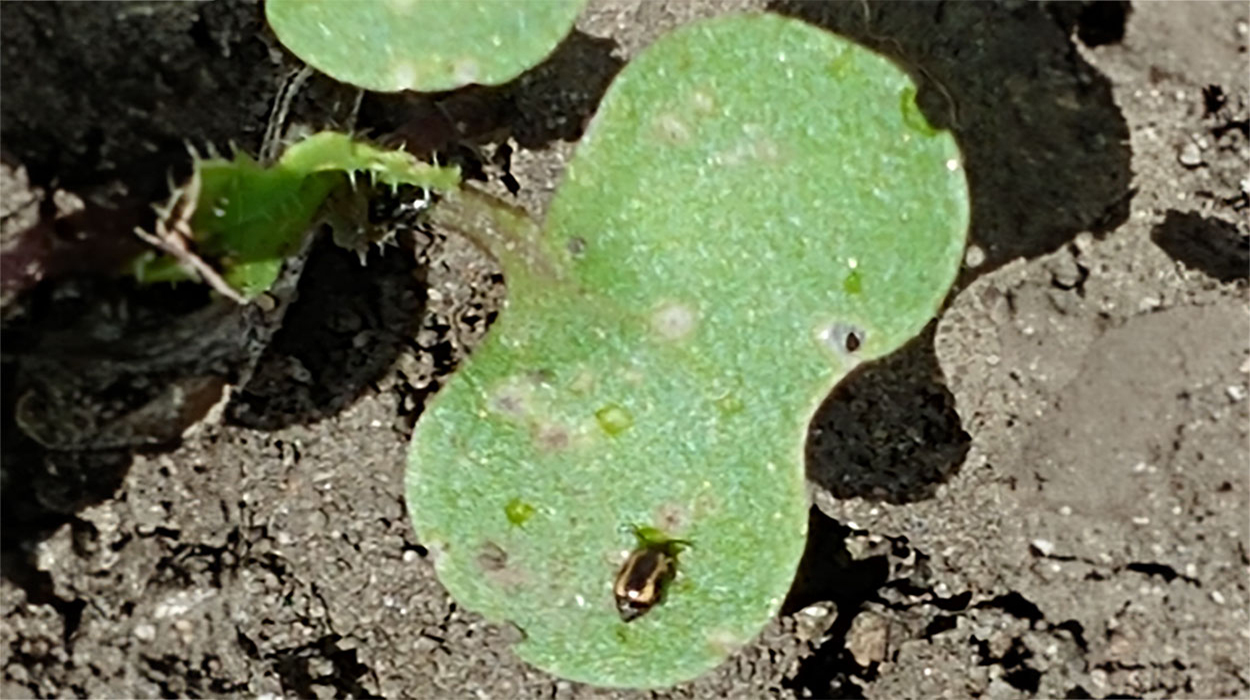
Don’t Forget to Scout Canola for Flea Beetles
Canola emergence is well underway and ahead of emergence at this time in 2023. There are three species of flea beetles that commonly infest canola and feed on the leaves.
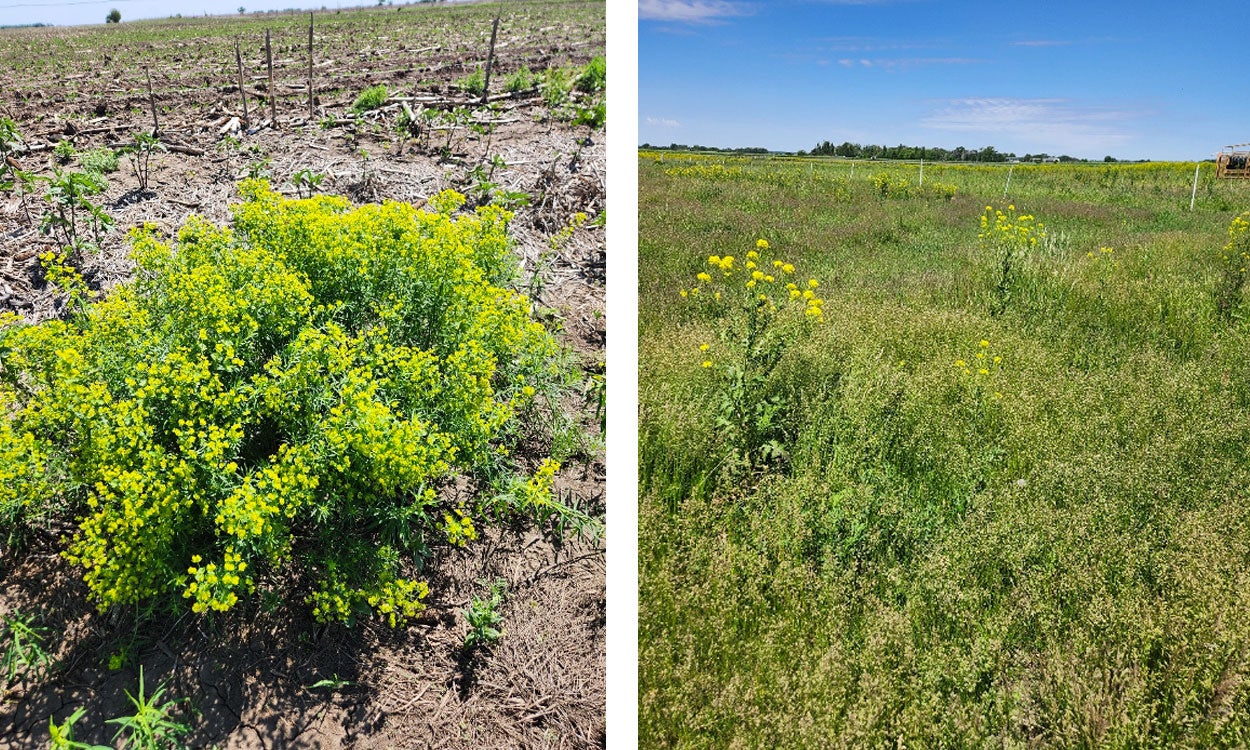
Leafy Spurge or an Imposter?
Leafy spurge is a statewide noxious weed that can be difficult to manage. However, are the recent yellow flowers appearing throughout South Dakota landscapes leafy spurge or another species?

Change in South Dakota Agricultural Land, Tenure of Farm Operation, and Producer Characteristics 2012-2022
Report using the newly released data from the 2022 Census of Agriculture to provide an update on land in farms, the number of farms, tenure of farm operations, and producers’ characteristics in South Dakota for the last ten years, from 2012 to 2022.
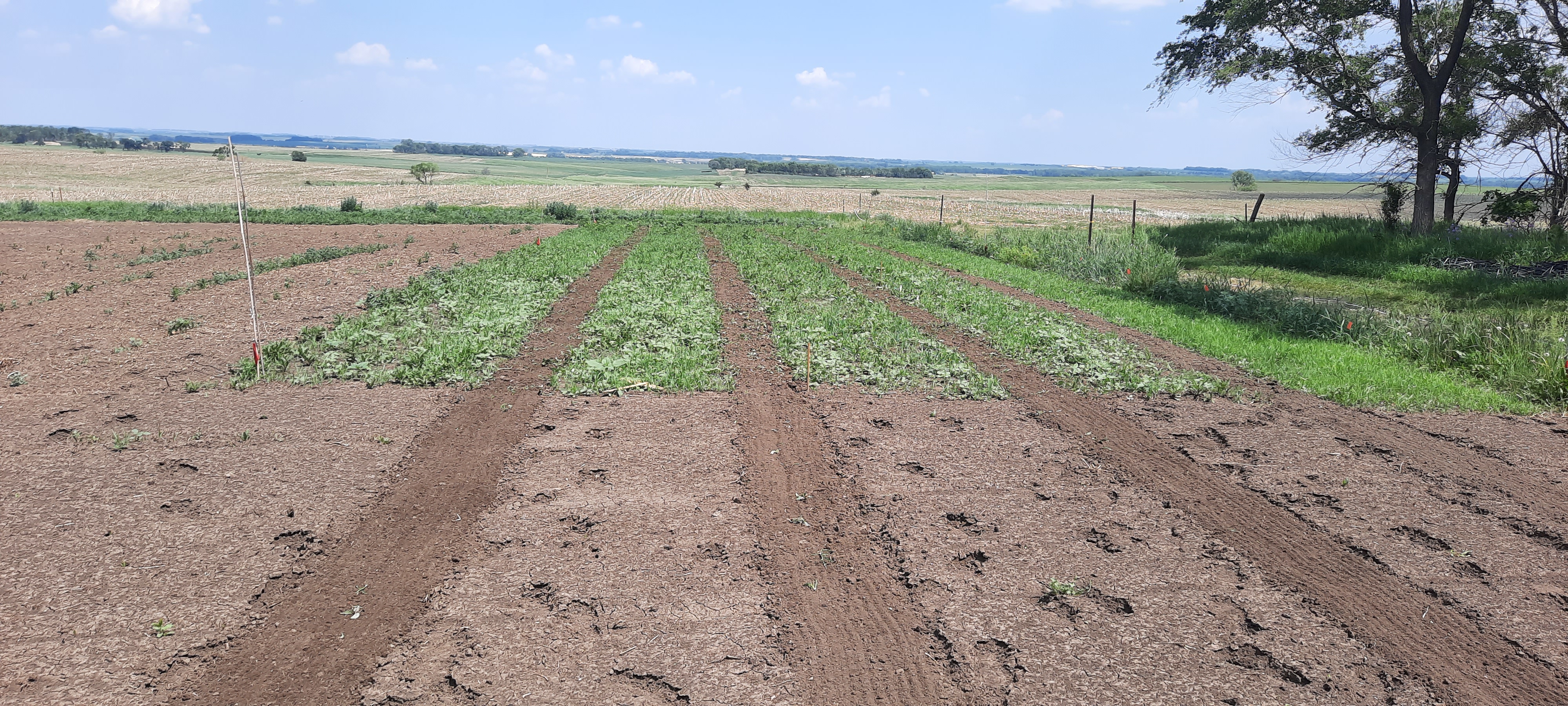
2023 On-Farm Experiences Growing Cucurbits in Newly Established Clover Living Mulch in Eastern South Dakota
Research report determining the impact of two established clover species on weed suppression, crop growth, and yield of squash.

Tan Spot of Wheat
Tan spot is a devastating disease of wheat in South Dakota and the rest of the wheat producing regions world over. It causes an estimated yield loss of about 5 percent in South Dakota but this loss can go up to 30 percent in individual fields.
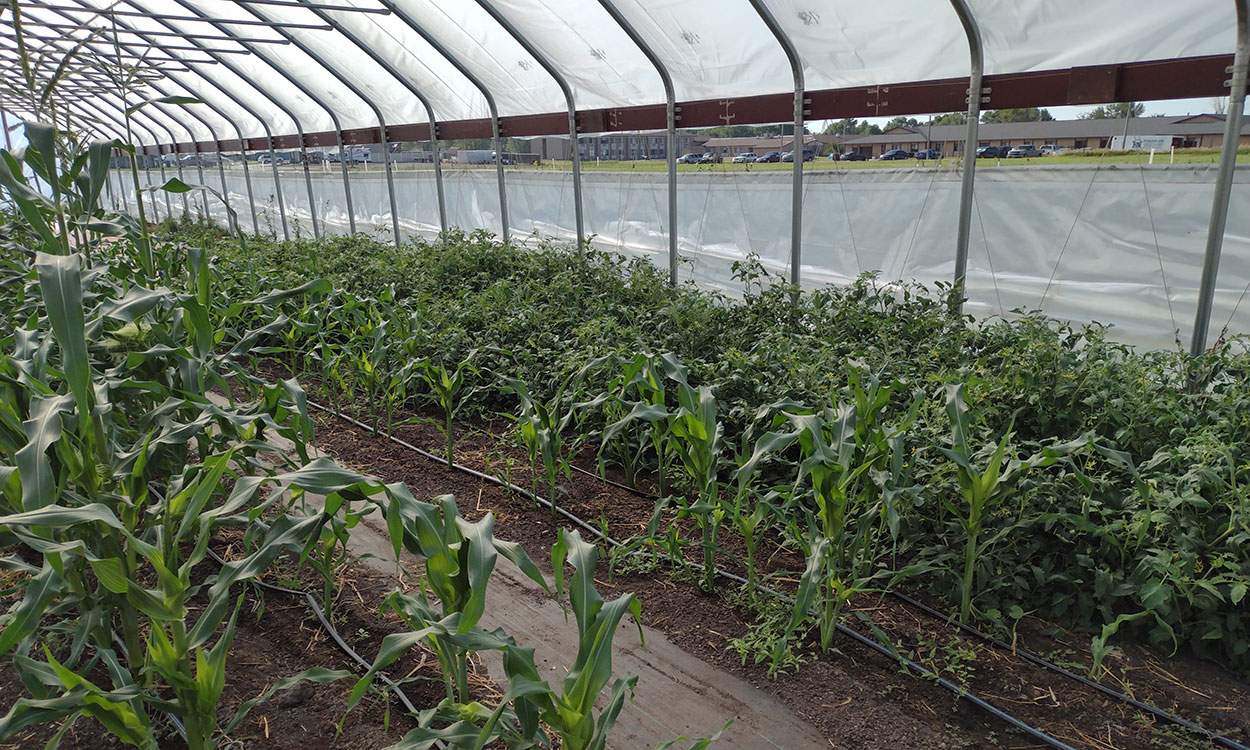
SDSU Extension 2025 Garden Hour series starts May 6
May 02, 2025
/garden-yard/problems-and-solutions
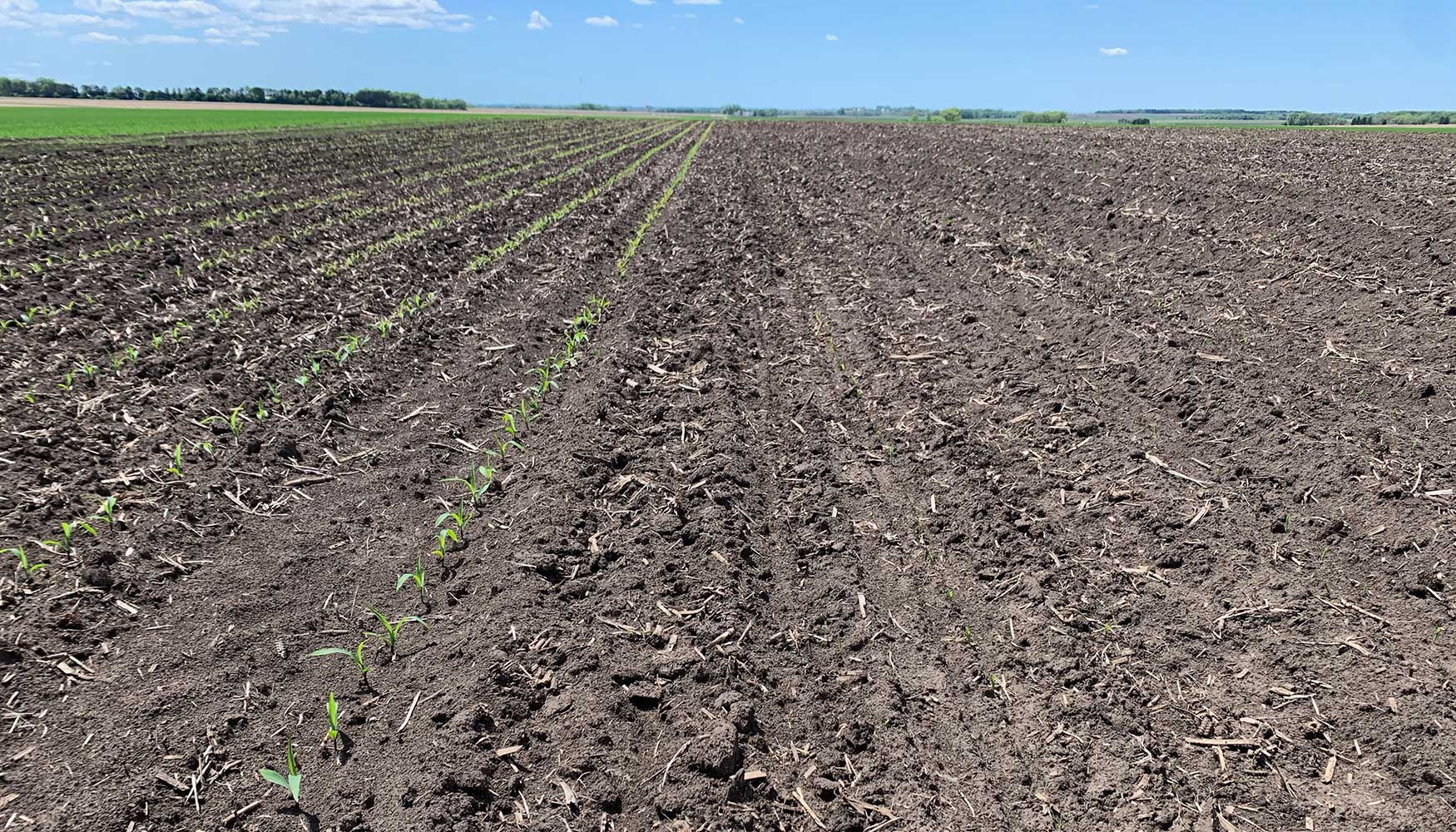
Grassy Weeds
Grassy weeds are a problem in all field crops. They must be identified at early stages of growth so they can be controlled before crop yields are seriously threatened. Control measures are not the same for all grassy weeds, so accurate seedling identification is important.